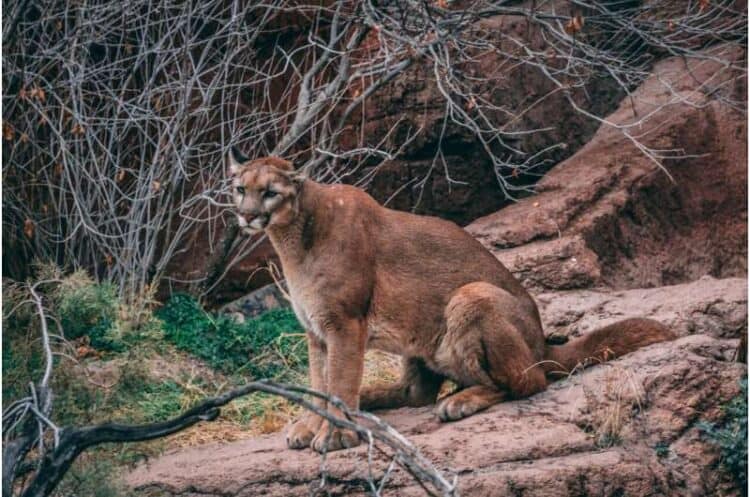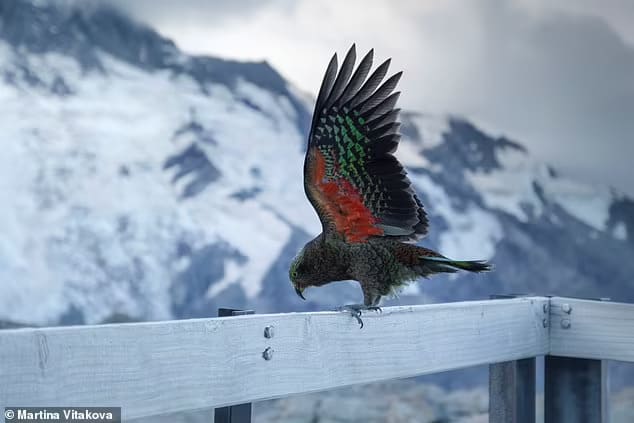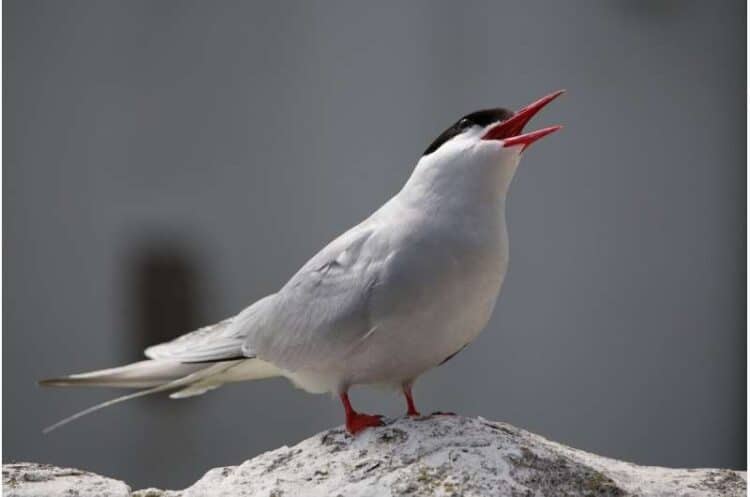A recent post by the National Park Service (NPS) has highlighted the dangers of vehicle collisions with wildlife, posting a gruesome image of a truck filled with dead deer collected from roadways in the Curecanti National Recreation Area in Colorado.
Collisions between vehicles and wildlife pose risks to both the animals and drivers and are a significant problem across the United States, with an estimated 1 million to 2 million occurring every year.
Most animals hit by vehicles die immediately or shortly after the collision, posing a significant threat to local and regional populations, especially for endangered species such as the Key deer, bighorn sheep, ocelots, and the Florida scrub jay, whose survival is threatened by road mortality alongside habitat loss.
While the majority of vehicle-animal collisions result in no human injury, those involving larger animals such as moose, elk, and deer have a higher risk of causing injury or even fatalities.
The NPS post attributes the high number of collisions in the area to the heavy snows this winter, causing deer and elk to graze along the highways. This problem is not unique to Colorado and occurs across the country, especially around dawn and dusk, when animals are most active and crossing roadways.
Colorado Parks and Wildlife recommends drivers stay alert and cautious when driving around wildlife areas, slowing down, watching for movement on the sides of the road, and scanning ahead. Drivers should also keep an eye out for wildlife warning signs, especially during the spring and fall, when many animals are on the move.
While it is difficult to quantify the exact number of wildlife killed in road collisions, this issue needs to be taken seriously, and it is up to all of us to play our part in minimizing the risks. Drivers can take simple steps, such as being more aware of their surroundings, to prevent collisions and ensure the safety of both wildlife and themselves.
We can also support initiatives aimed at creating wildlife crossings and other structures to reduce the risk of vehicle-animal collisions.
A collective effort can help save many lives and ensure the survival of endangered species, but it requires us to take action now.
Let us all work together to prevent such tragic accidents from happening again.
This article by Nicholas Vincent was first published by OneGreenPlanet on 7 April 2023.
What you can do
Support ‘Fighting for Wildlife’ by donating as little as $1 – It only takes a minute. Thank you.
Fighting for Wildlife supports approved wildlife conservation organizations, which spend at least 80 percent of the money they raise on actual fieldwork, rather than administration and fundraising. When making a donation you can designate for which type of initiative it should be used – wildlife, oceans, forests or climate.







Leave a Reply